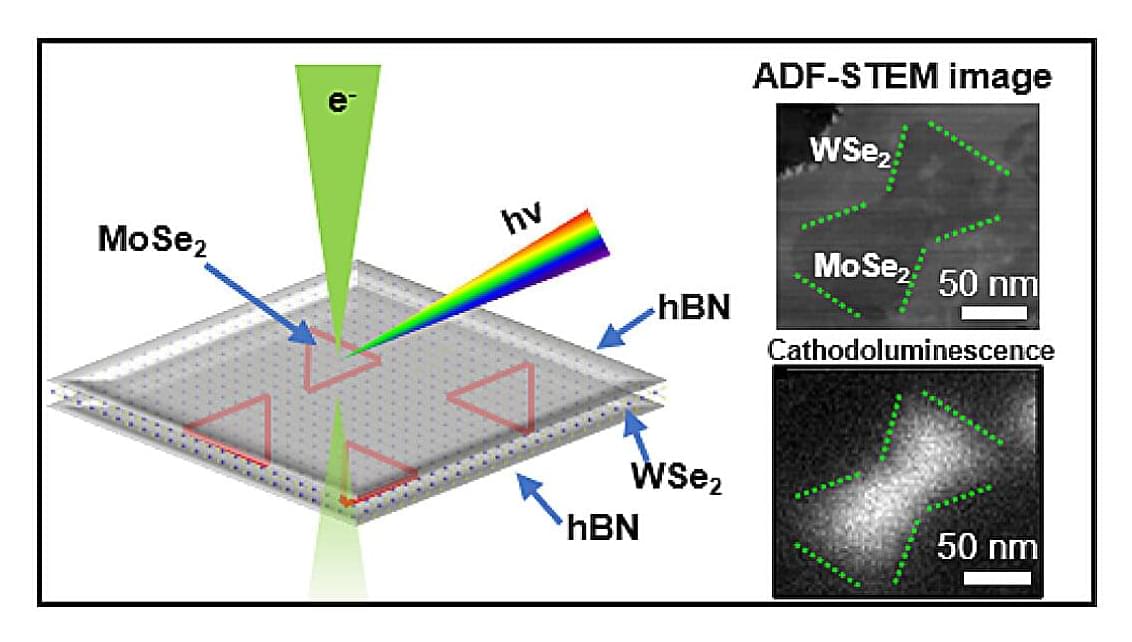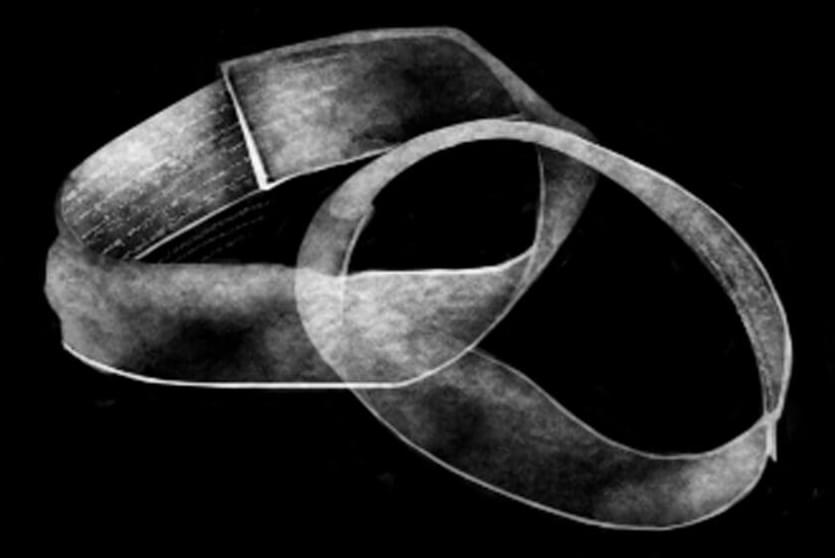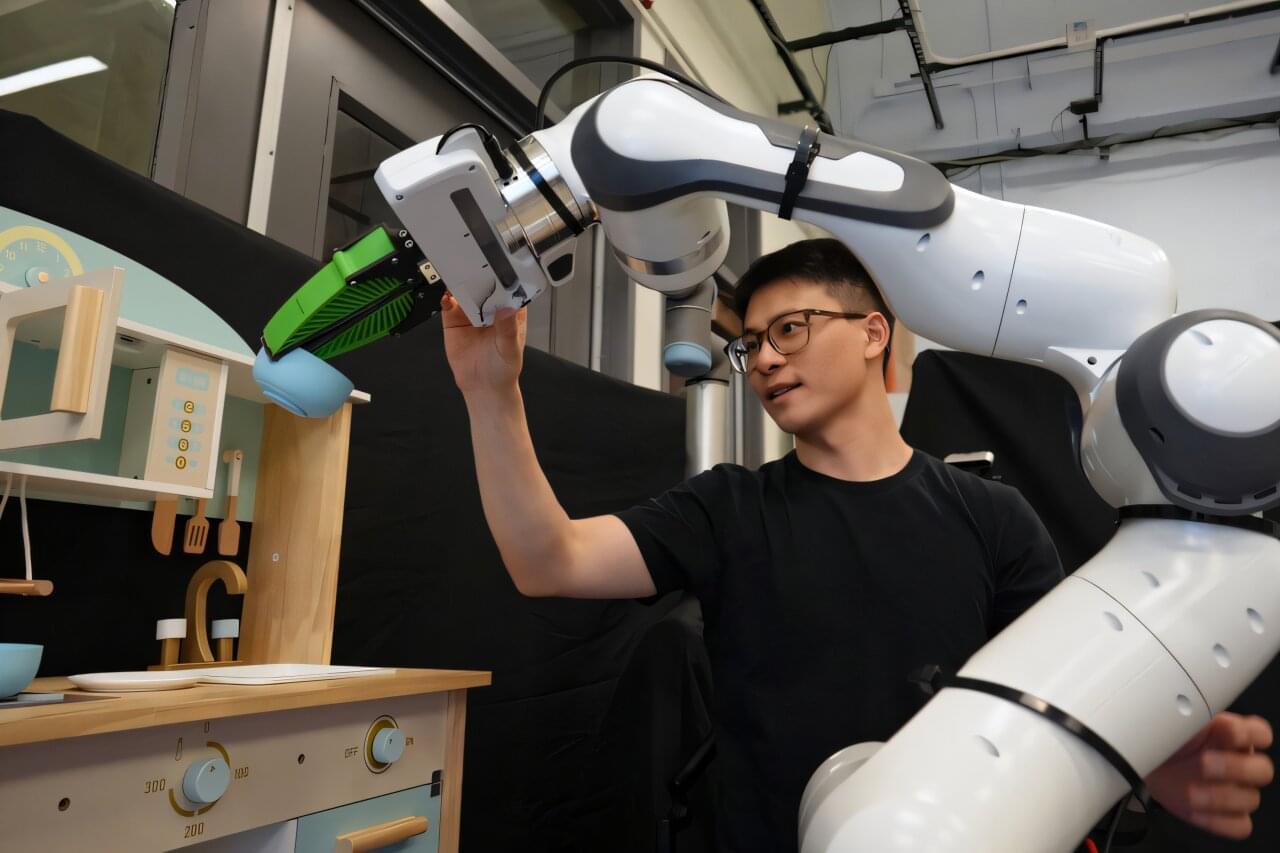Intrinsically disordered proteins (IDPs) do not attain a stable secondary or tertiary structure and rapidly change their conformation, making structure prediction particularly challenging. Although these proteins exhibit chaotic and “disordered” structures, they still perform essential functions.
IDPs comprise approximately 30% of the human proteome and play important functional roles in transcription, translation, and signaling. Many mutations linked to neurological diseases, including amyotrophic lateral sclerosis (ALS), are located in intrinsically disordered protein regions (IDRs).
Powerful machine-learning algorithms, including AlphaFold and RoseTTAFold, cannot provide realistic representations of these ‘disordered’ and ‘chaotic’ protein regions as a whole. This is because they have not been trained on such data and because these proteins exhibit inherent dynamic behavior, adopting a range of conformations rather than a single stable one.









